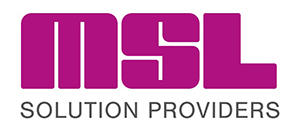The FDA Guidance for industry and the US pharmacopoeia requires cleanroom operators to follow a disinfection regimen that is validated.
The test method ASTM E2614-15 Evaluation of Cleanroom Disinfectants describes a whole range of tests and acceptance criteria which a disinfectant should meet.
Disinfectants on the market will have already proved efficacy against reference organisms using standard methods, often shown on the back of pack.
The cleanroom disinfectant efficacy testing goes one step further by testing these standard methods using organisms which have been specifically isolated for in-house environmental monitoring. This enhanced testing can be carried out on a range of surfaces and materials intended to be disinfected (such as PVC, latex, glass, silicone, stainless steel etc.).
Once a disinfectant has been validated against the in-house organisms, it does not necessarily need to be repeated unless the disinfectants are changed, or if new in-house organisms are isolated during routine environmental monitoring.
Microbiology solutions provider, MSL Biocides, specialises in efficacy testing of disinfectant products used in a wide range of environments, including cleanroom disinfectant validation. The company is headquartered in Lancashire (UK).
MSL offer tailor-made disinfectant efficacy validation packages to meet individual requirements. It also also offers hygiene monitoring of cleanrooms to detect and isolate organisms which may become problematic, with further testing of the isolates including identification and retention of the isolates.
For further information or to discuss any of MSL's services please contact Carolyn Burney Carolyn.Burney@MSL.io





